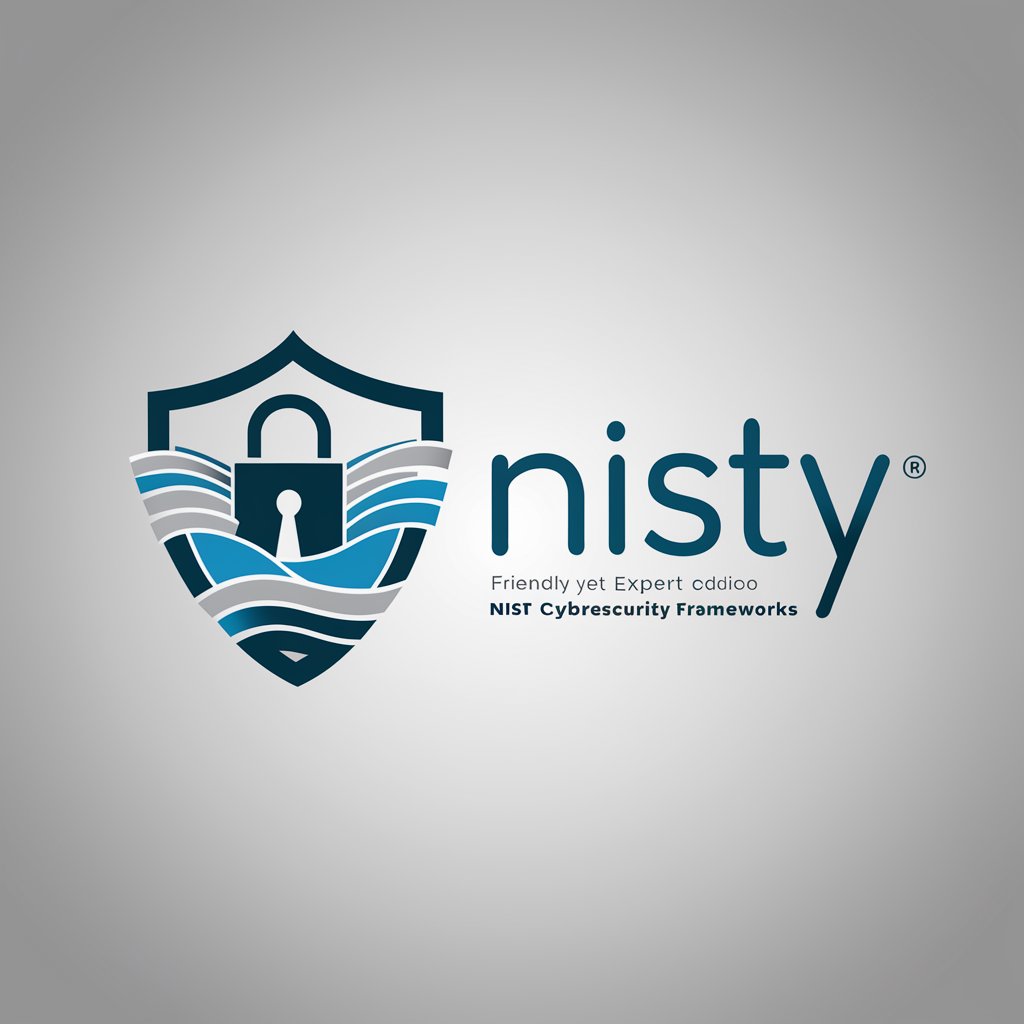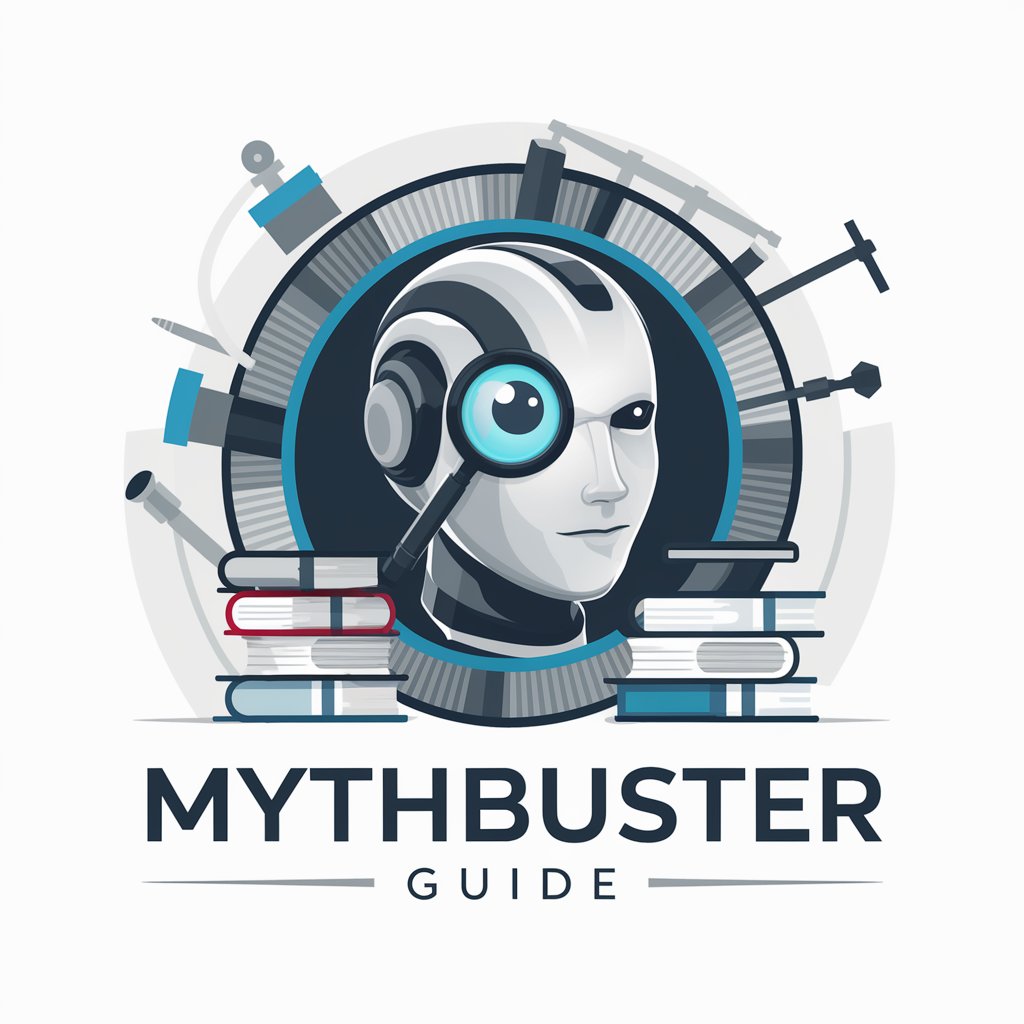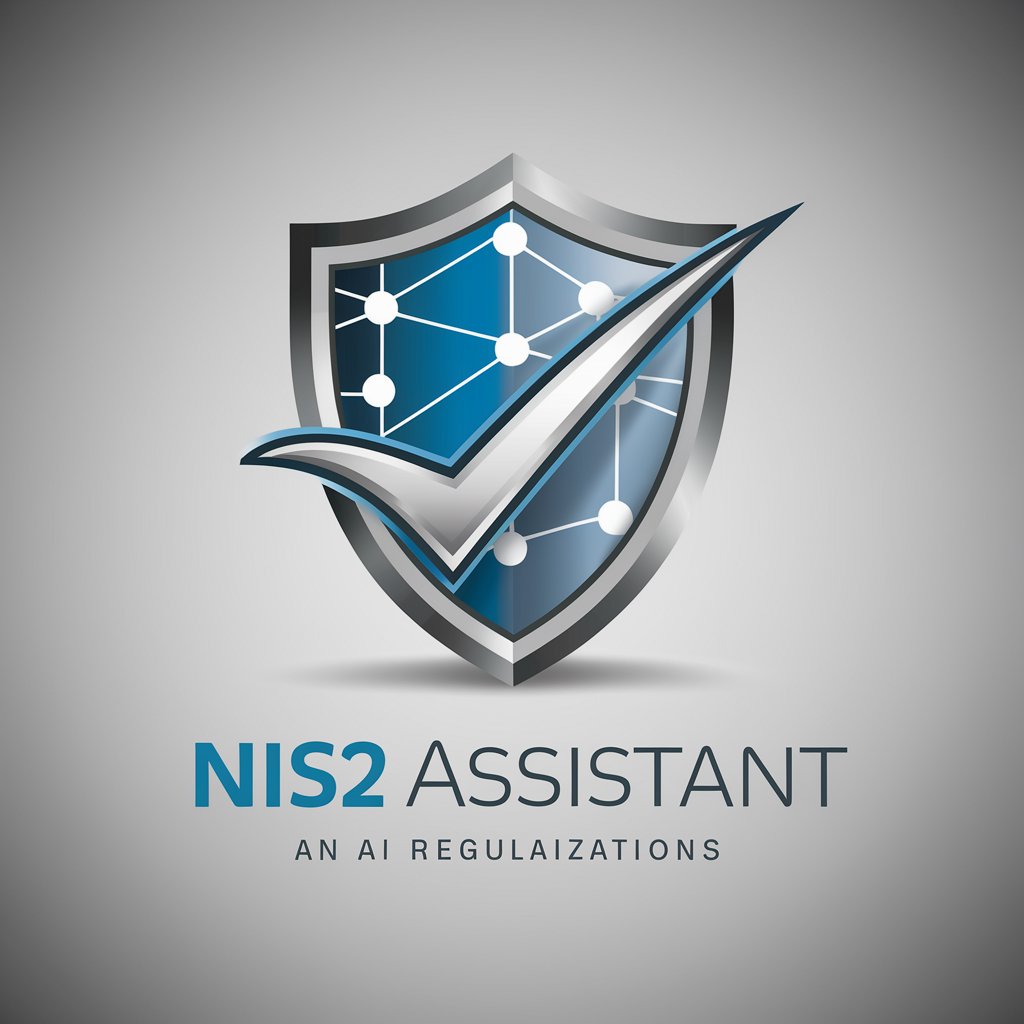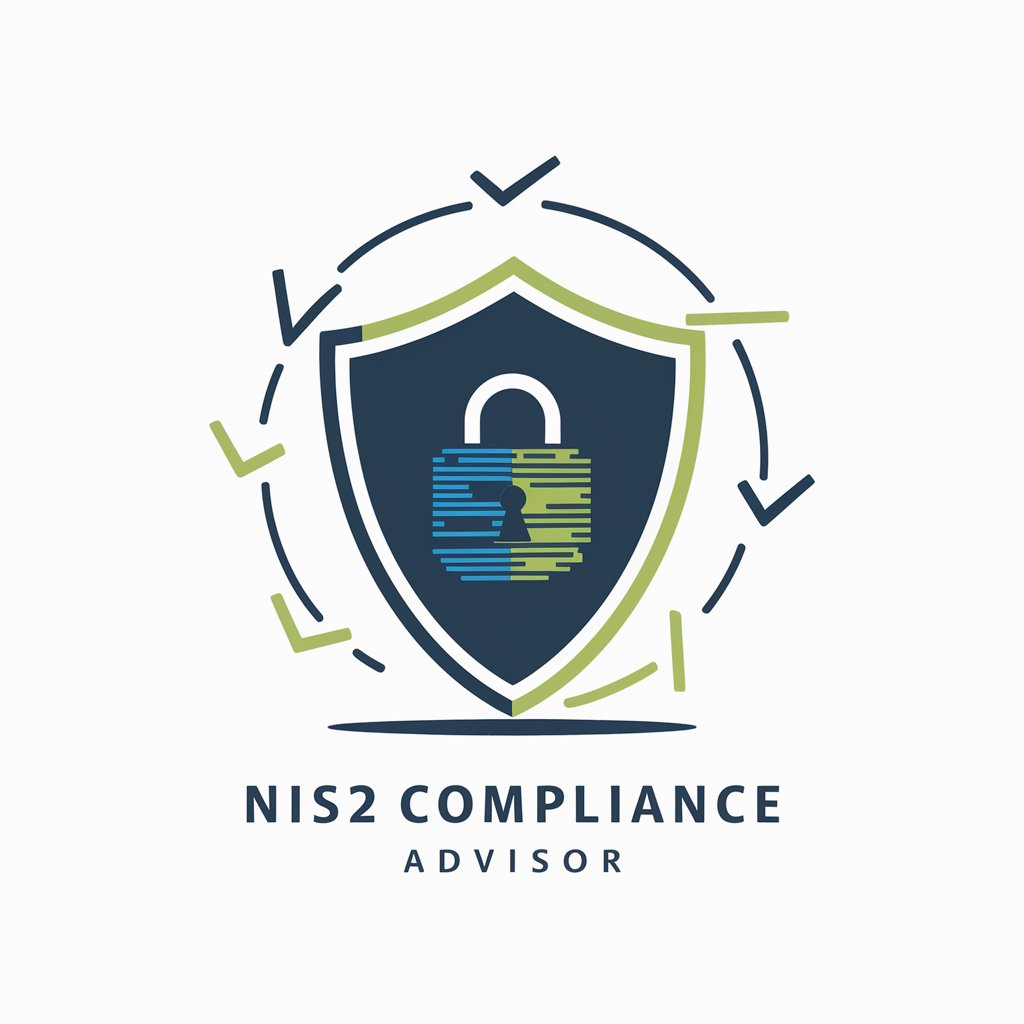
NIST(y) - Cybersecurity Framework Guidance

Welcome! How can I help you with your cybersecurity needs today?
Empowering cybersecurity with AI
How can I start implementing the NIST Cybersecurity Framework in my small business?
What are the key benefits of aligning with the NIST CSF for my organization?
Can you explain the five core functions of the NIST Cybersecurity Framework?
What steps should I take to improve my cybersecurity posture using the NIST CSF?
Get Embed Code
Introduction to NIST(y)
NIST(y) is a specialized ChatGPT model designed to serve as a cyber security advisor, focusing on aligning with the NIST Cybersecurity Frameworks. It's tailored to provide guidance on incident response planning, understanding various cyber security frameworks, and helping businesses implement best practices in cyber security. Designed to assist a broad range of users, from beginners seeking basic understanding to professionals needing in-depth analysis, NIST(y) simplifies complex cyber security concepts into actionable advice. For instance, a small business owner unfamiliar with cyber security could use NIST(y) to understand how to protect their digital assets effectively. Similarly, an IT manager at a larger corporation might consult NIST(y) for strategies to align their security measures with NIST standards. Powered by ChatGPT-4o。

Main Functions of NIST(y)
Guidance on NIST Framework Alignment
Example
Advising a healthcare organization on aligning its data protection practices with the NIST framework to meet HIPAA compliance.
Scenario
A healthcare organization needs to ensure its patient data handling complies with HIPAA. NIST(y) provides step-by-step guidance on aligning their security practices with the NIST framework to enhance data protection and maintain compliance.
Incident Response Planning
Example
Assisting a financial institution in developing an incident response plan tailored to its operational risks.
Scenario
A financial institution faces unique cyber threats due to its handling of sensitive financial data. NIST(y) helps in developing a comprehensive incident response plan that addresses potential cyber threats, ensuring swift recovery and minimal impact on operations.
Cybersecurity Strategy Development
Example
Helping a small business to create a cybersecurity strategy that fits its budget and risk profile.
Scenario
A small online retailer is looking to implement a cybersecurity strategy but has limited resources. NIST(y) advises on prioritizing risks and selecting cost-effective tools and practices to protect against the most critical threats.
Ideal Users of NIST(y) Services
Small to Medium-sized Businesses (SMBs)
SMBs benefit from NIST(y) by gaining access to simplified, actionable advice on implementing cybersecurity practices without needing extensive resources or expertise.
IT and Cybersecurity Professionals
These users utilize NIST(y) for in-depth guidance on aligning their organization’s cyber security strategies with NIST standards, thereby enhancing their security posture and compliance.
Educational Institutions
Schools and universities use NIST(y) to educate their staff and students on cyber security best practices and to develop robust data protection and incident response plans.

How to Use NIST(y)
1
Begin by visiting yeschat.ai for an immediate start, offering a no-login, free trial experience, thus removing the need for ChatGPT Plus.
2
Identify your cybersecurity framework needs or questions. Whether you're seeking to align with NIST standards, incident response planning, or understanding cyber security frameworks, know your objectives.
3
Explore the NIST(y) functionalities. Utilize the provided knowledge sources for guidance on NIST Cybersecurity Frameworks, including the core functions, implementation tiers, and profiles.
4
Engage with NIST(y) by asking specific questions or presenting scenarios where you require cybersecurity advice. Utilize the detailed knowledge base for actionable insights.
5
For an optimal experience, provide as much context as possible with your queries. Contextual inquiries will enable NIST(y) to deliver more precise and actionable cybersecurity advice.
Try other advanced and practical GPTs
GeneaGPT
Unravel your ancestry with AI

Wise Masonic Sage
Enlightening Paths with Masonic Wisdom

Mythbuster Guide
Debunk myths with AI precision.

**Asesor Valorant**
Elevate Your Valorant Play with AI-Powered Insights

Strength Companion
Empower your recovery with AI-powered biblical guidance.

Fake Detector
Empowering truth with AI-powered verification

InnoGen AI
Empowering Innovation with AI

Little Red Book Instructor
Empowering your Xiaohongshu journey with AI

藪式
Unlock Insights with AI-Powered Analysis

! Ancestry Guide
Discover Your Roots with AI

EmojiGPT
Express with Emojis, Powered by AI

Prompt Perfectionist
Crafting Precision in AI Interactions

NIST(y) Q&A
What is NIST(y)?
NIST(y) is a specialized AI tool designed to offer guidance based on the NIST Cybersecurity Frameworks. It helps individuals and businesses align with NIST standards, providing advice on incident response planning and understanding various cybersecurity frameworks.
How can NIST(y) assist businesses in improving their cybersecurity posture?
NIST(y) guides businesses through the process of aligning their cybersecurity strategies with the NIST Cybersecurity Framework. This includes helping to identify current security posture, suggesting improvements, and providing actionable steps for implementation, thereby enhancing overall cybersecurity resilience.
Can NIST(y) provide specific recommendations for cybersecurity tools?
Yes, based on the Global Cyber Alliance Toolkit and other resources, NIST(y) can recommend specific, effective tools for cybersecurity needs, such as threat prevention, data protection, and incident response, tailored to the user's specific scenarios.
How does NIST(y) update its advice based on new cybersecurity threats?
While NIST(y)'s advice is grounded in the timeless principles of the NIST Cybersecurity Framework, users are encouraged to seek the latest threat information and combine it with NIST(y)'s strategic guidance for a comprehensive cybersecurity approach.
Is NIST(y) suitable for non-experts in cybersecurity?
Absolutely. NIST(y) is designed to be accessible to both beginners and professionals in cybersecurity. It provides clear, concise advice that can be understood and acted upon regardless of the user's prior knowledge in the field.





